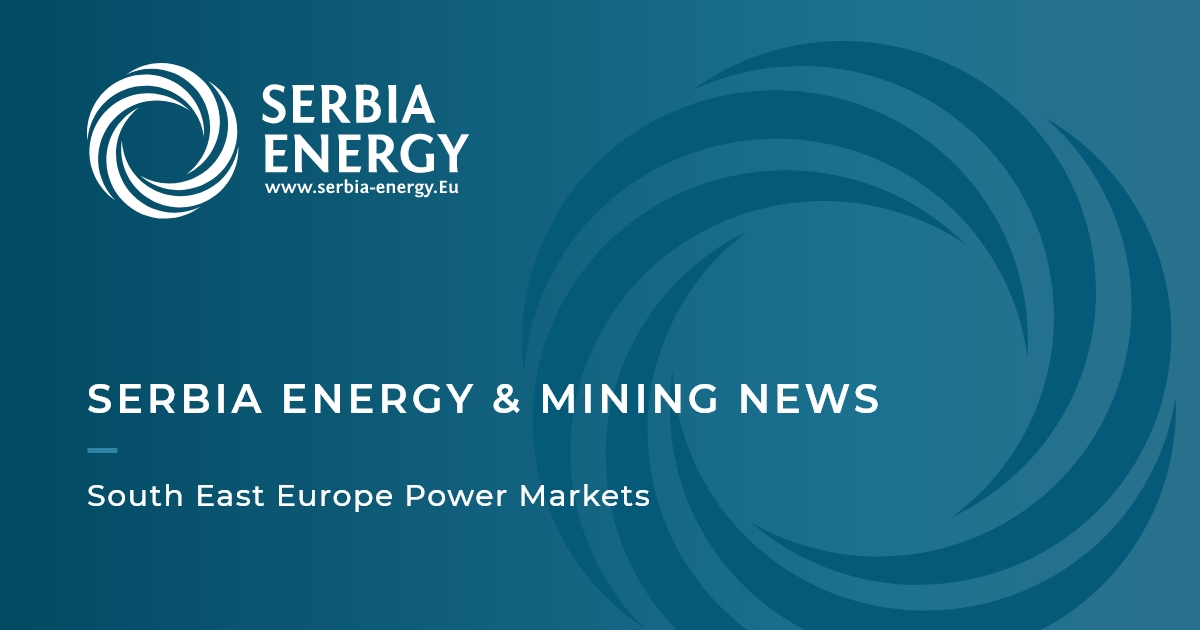The World Bank said on Thursday it projects a real economic growth of 3.0% for Serbia in 2017, 0.2 of a percentage point higher than the forecast made in November.
The World Bank expects Serbia’s economy to grow by a real 3.5% annually in each of 2018 and 2019, the bank said in its Spring 2017 Western Balkans Regular Economic Report posted on its website. In its Autumn 2016 report the World Bank forecast 2.8% GDP growth in Serbia in 2017.
Private investment has been supporting recent growth in response to improvements in the investment climate and over the medium term, it is projected to contribute about 1.1 percentage points to growth. As activity and employment pick up, after 2017 consumption is again expected to be the main driver of growth, with an average annual contribution of 2.3 percentage points, the World Bank said.
The gradual narrowing and stabilisation of the current account deficit are expected to continue, with it settling at 3.9% of GDP in the medium term. The goods trade deficit should continue to improve, in part due to external developments, such as low energy prices and recovery in the EU, and in part due to recent foreign investment, while the services surplus should also rise gradually, the bank explained.
Inflation is expected to move up slowly in parallel with the recovery in domestic demand. As demand picks up more, inflation is projected to be within the central bank’s target band in 2017. Monetary policy will continue to be implemented through inflation targeting combined with a flexible exchange rate and any intervention is likely to be concerned with managing the excess volatility of the currency, the World Bank said.
The main risks in Serbia relate to political developments, both internal and foreign. In 2017, the country must deal with yet another round of elections, which is expected to slow progress with structural reforms, and might also possibly raise the costs of maintaining the status quo.
There are also risks that the economic outlook in Europe could deteriorate once the Brexit process begins and elections throughout the EU are over, the World Bank added.
The World Bank’s Spring 2017 forecasts and estimates for 2016 for the main economic indicators in Serbia follow:








